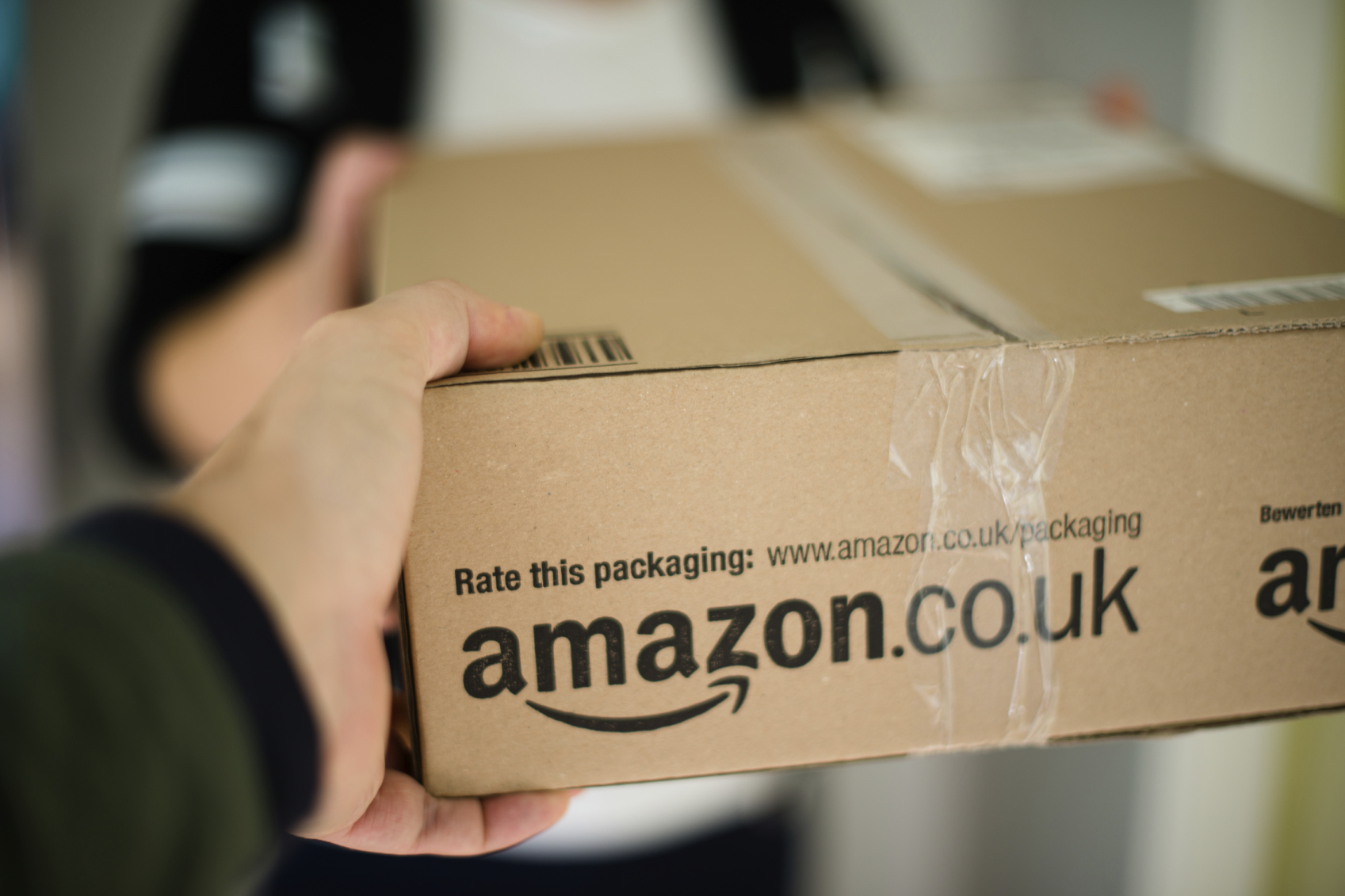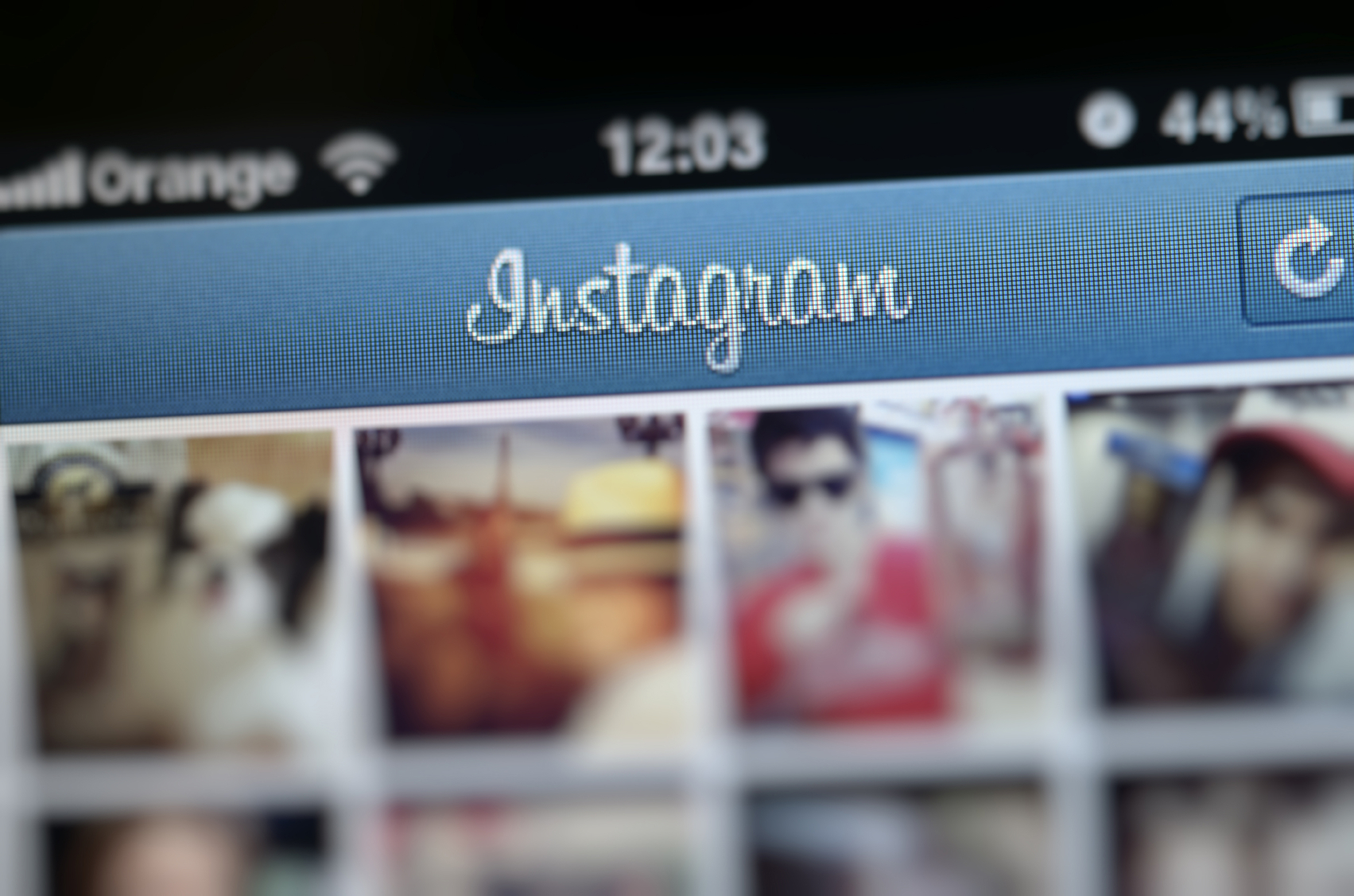Read original story on: AdWeek
Nestlé has snatched the honor of becoming the first brand to run a paid campaign on live-streaming app Periscope. Working with social influencer platform Izea, Nestlé hired a few Periscope personalities to broadcast classic summertime scenes featuring the Drumstick ice cream cone to their followers, in addition to opening an official account to provide similar content streams.
Ever since Twitter launched Periscope in late March to compete with this year’s SXSW breakout Meerkat, the two apps have been locked in a heated competition that brought much attention to live streaming on mobile. As a result, brands have been quick to follow the audience as well, as we see publishers, cable TV, and even auto brands started to experiment with this emerging media platform, all in attempts to connect with today’s fractured audience. Now that Nestlé has tested water with branded streams, we expect to see more brands to try it out. Twitter also offers their 6 general tips for brands getting on Periscope, although it mostly involves buying promoted tweets.




